Cass Scenic Railroad State Park
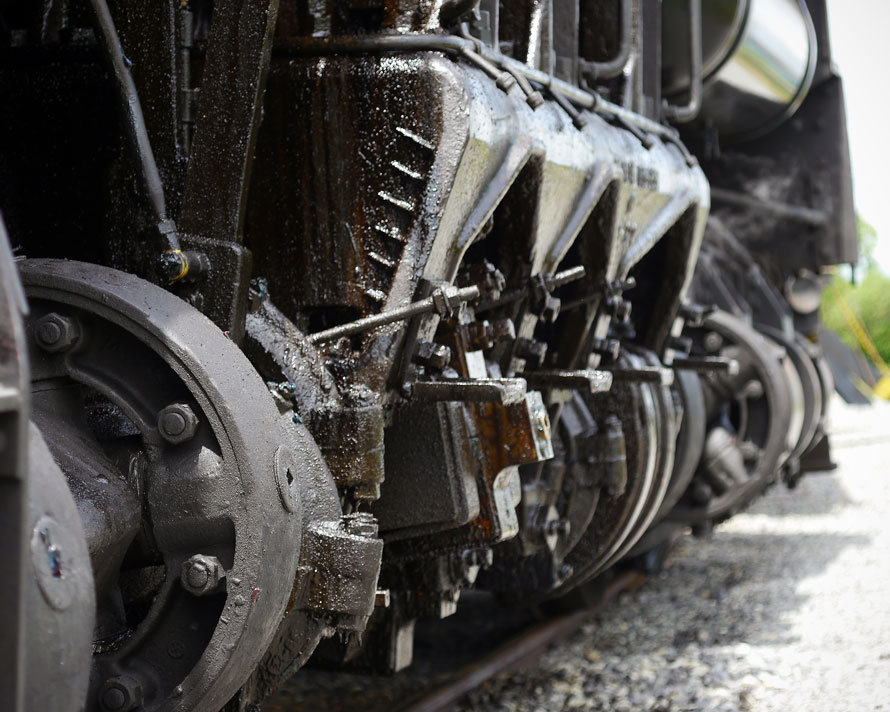
Nestled way back in the lush mountains of West Virginia is a place time has almost forgotten. There are no big chain supermarkets or restaurants, no massive apartment complexes, no traffic jams, and not even any cell phone service. What there is however, is nothing short of magic. In the air is the faint odor of coal smoke and oil, and if you listen, you may just hear the lonesome cry of a steam locomotive’s whistle!
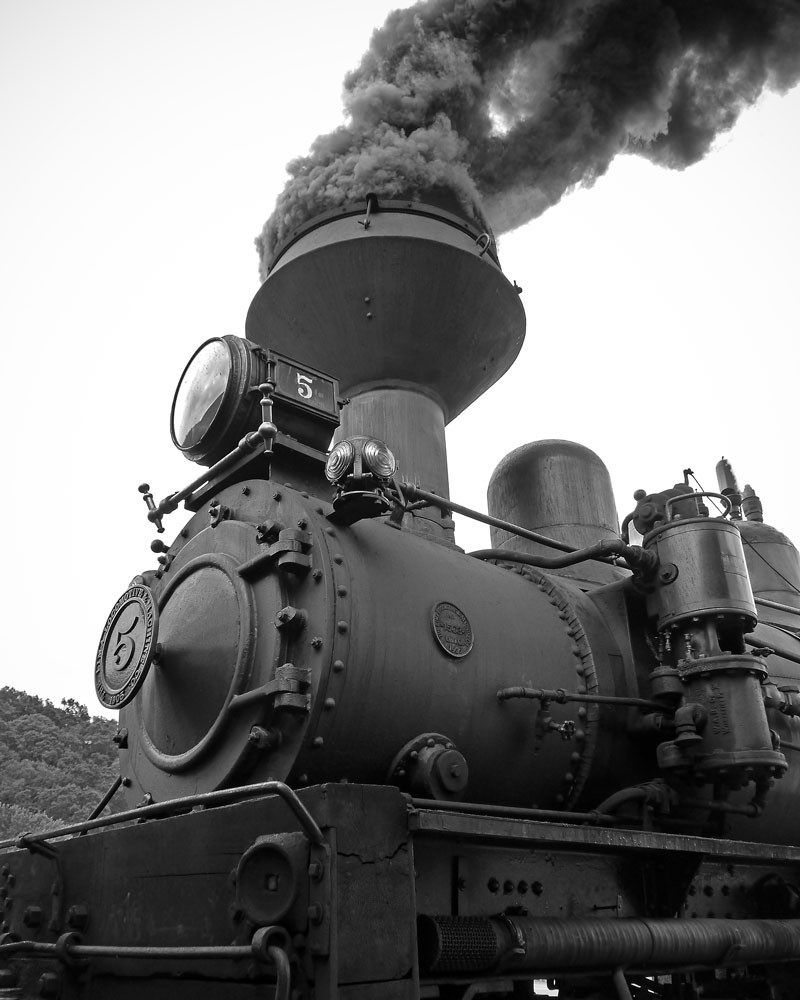
Founded in 1901 by the West Virginia Pulp and Paper Company, Cass was built to be the hub for their major logging operations in the area. The town was built and wholly owned by the company for the loggers and their families. It had all the trappings of a company town including churches, a school, a doctor, and a large company store.
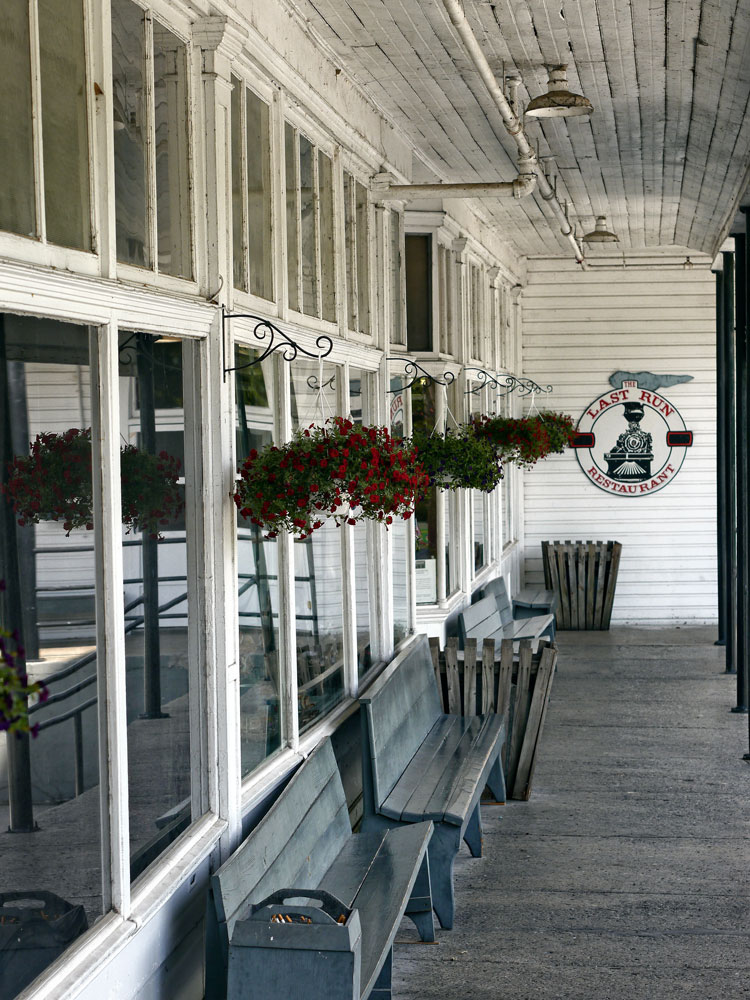
Along with the company town WVP&P built a logging railroad into their land holdings on Back Allegheny Mountain. The railroad was built to standard gauge, but the steep grades and often temporary track-work required the use of the mighty Shay locomotive. The company rail lines also interchanged at Cass with the Chesapeake and Ohio’s Greenbriar division to get the lumber to market.
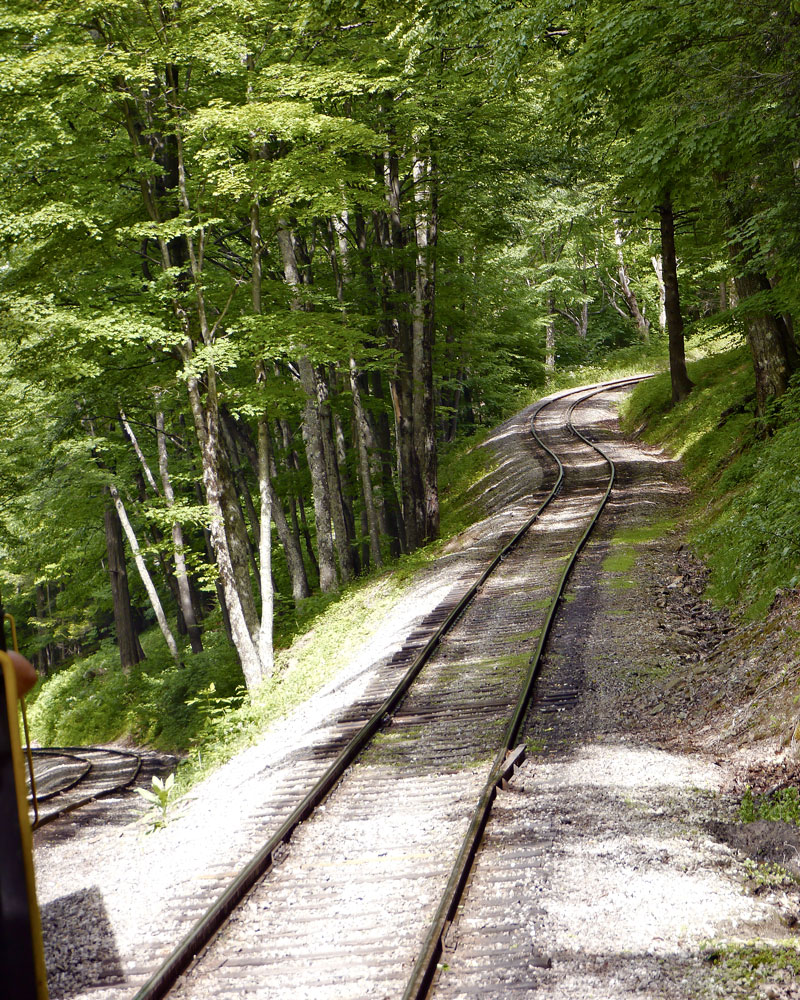
The main purpose of the railroad was to bring down spruce and hemlock to be used in making paper. However, the company soon realized that they could also make a lot of money with the hardwoods that were available and began logging them too. This led the company to build a massive sawmill in Cass that at one time was the largest double band mill in the world. Sadly, due to fires and the ravages of time only the ruins of the mill complex exist today.
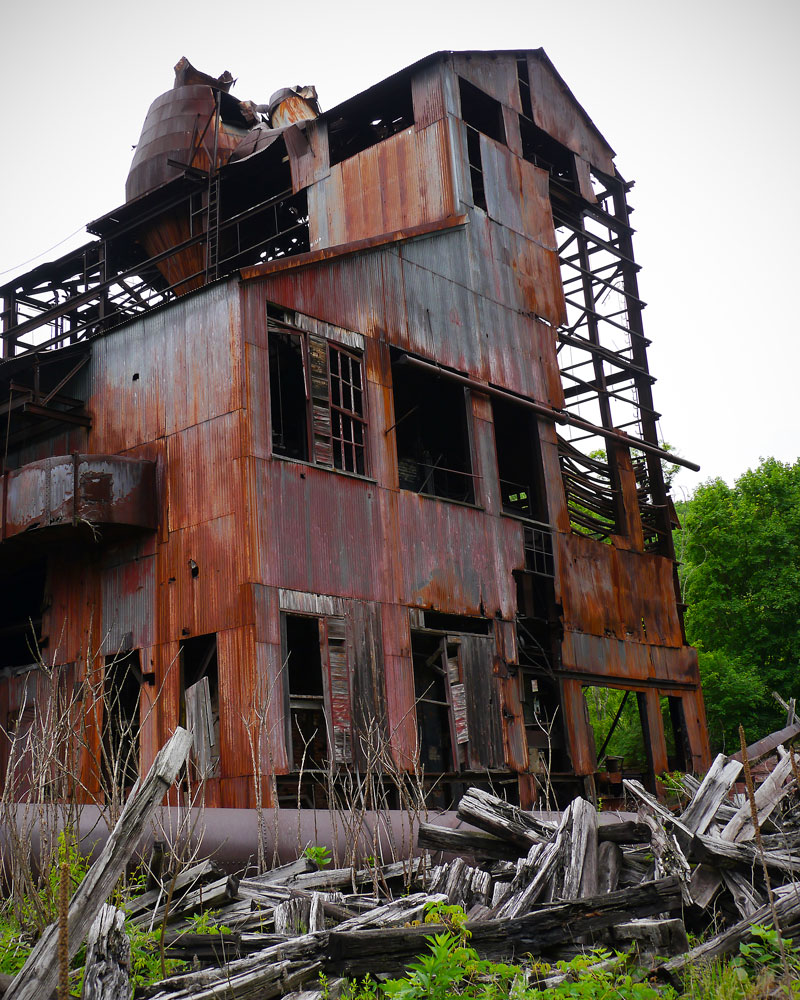
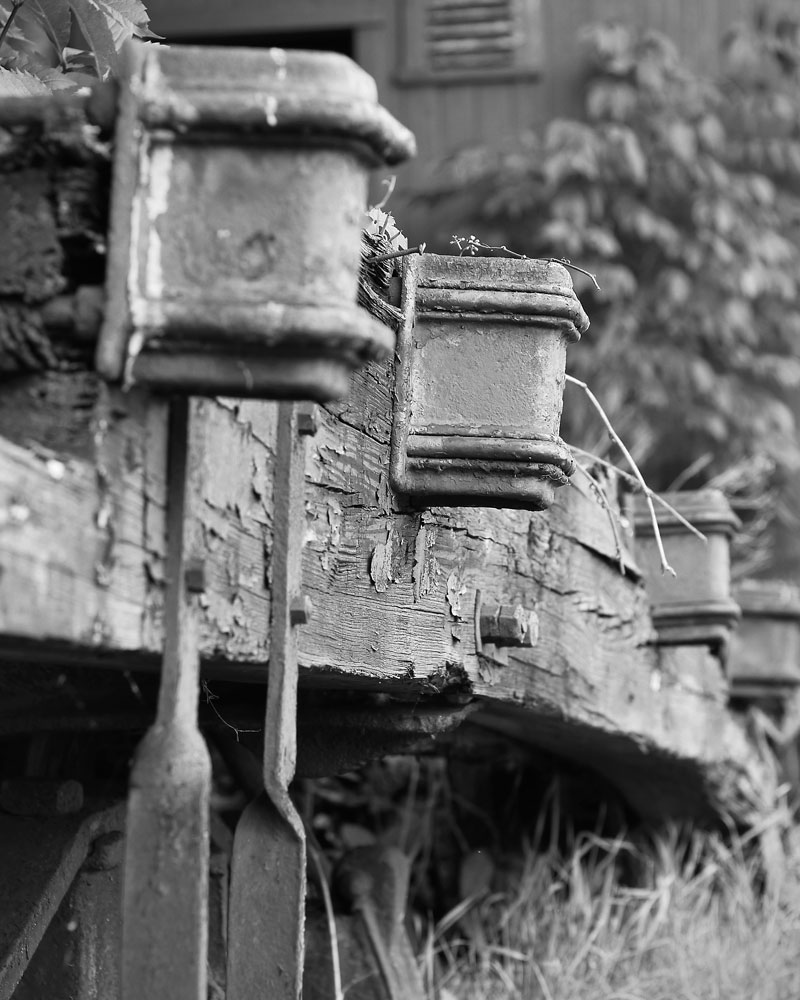
History comes alive with the incredible geared steam locomotives, and one can easily imagine what it would have been like to ride the line 100 years ago.
My family and I first visited Cass in 2014, and we immediately fell in love. Though we had seen many steam locomotives, the Shays were very different. Like all steam locomotives they seem to be a living breathing creature. However, the Shays are very different in that they have no drive rods but rather are geared. The advantage is that every wheel is a drive wheel, and they have a lot of low-end torque, but the trade-off is that they are very slow. Due to this arrangement, Shay locomotives sound very different than their rodded cousins. Instead of a sharp chuff chuff as a rod locomotive makes, the Shay locomotives have a loud steady roar with a slight three-part inflection.
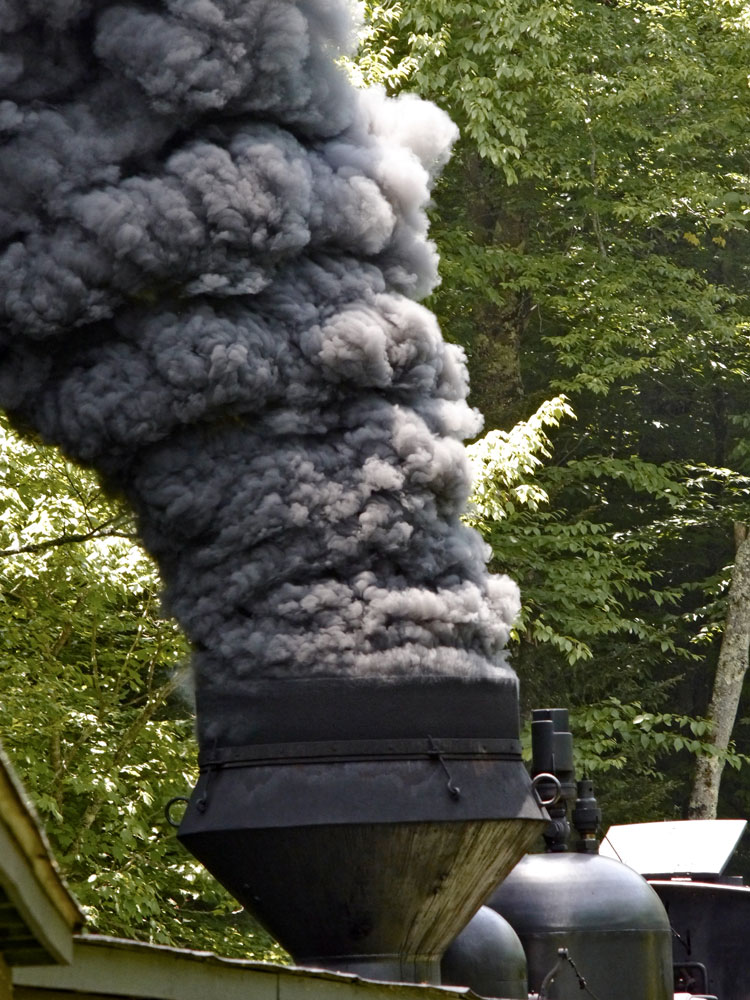
Cass has a large number of operating geared locomotives with five Shays, and also two other types of geared steam locomotives, a Climax and a Heisler. They have a full machine shop that can take care of every need the old locomotives may have including a complete rebuild.
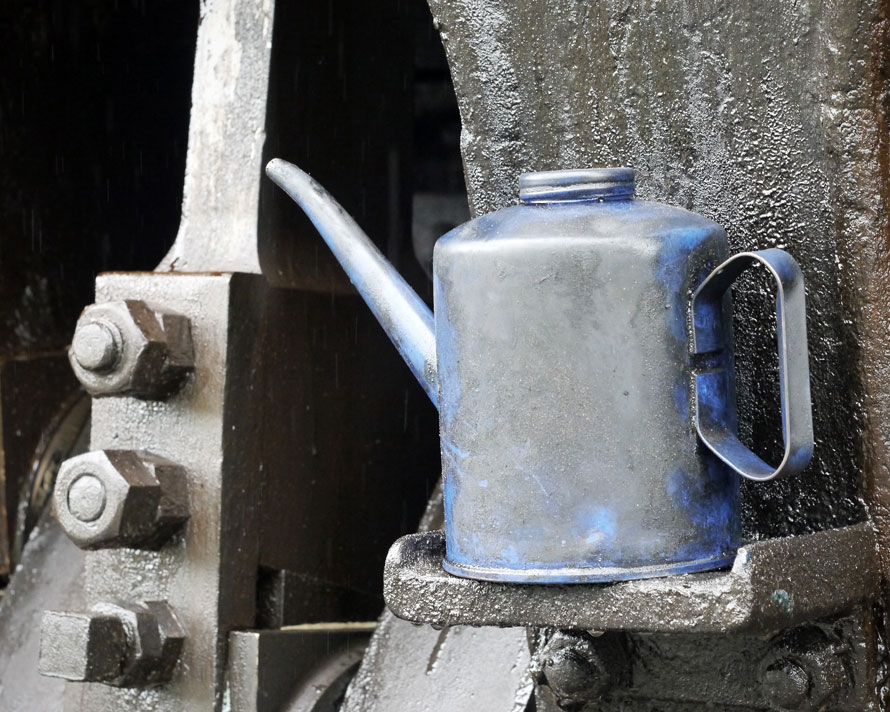
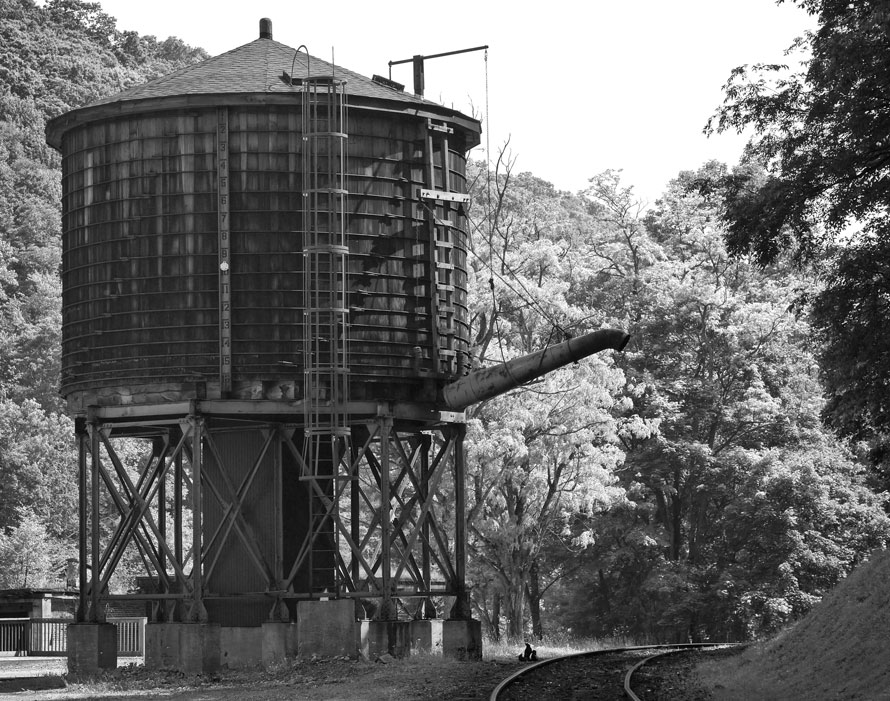
Most of the time in Cass you can choose between two different trains up the mountain. The shorter trip stops at Whittaker station, which was once a logging camp. There you can see several exhibits that show how life was in logging camps, and some historic logging equipment. The longer trip takes passengers all the way to the 4,843 foot high Bald Knob peak. Both runs really show off the beauty of this remote part of West Virginia. Along the way the locomotive must make stops for water in a very unique way.
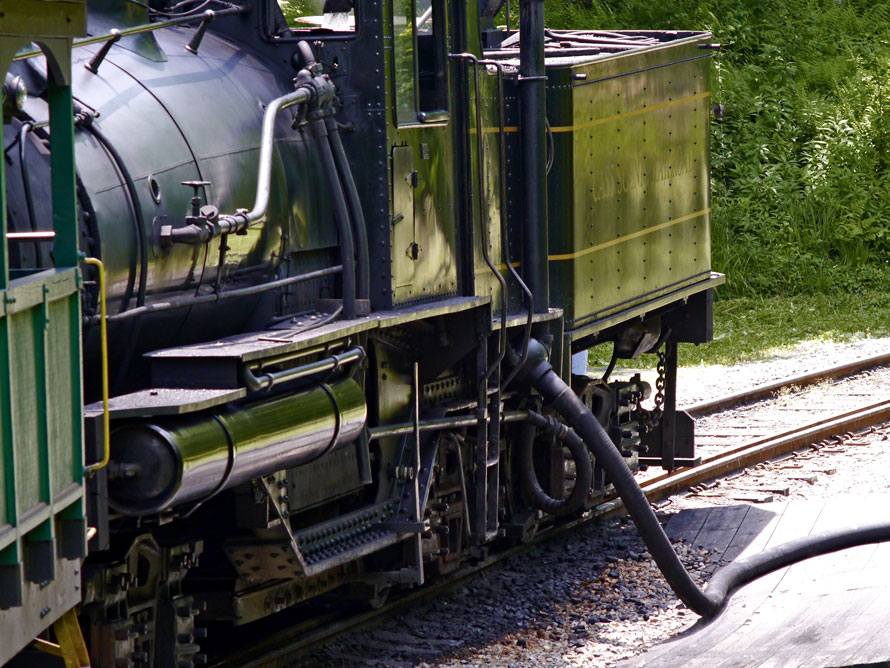
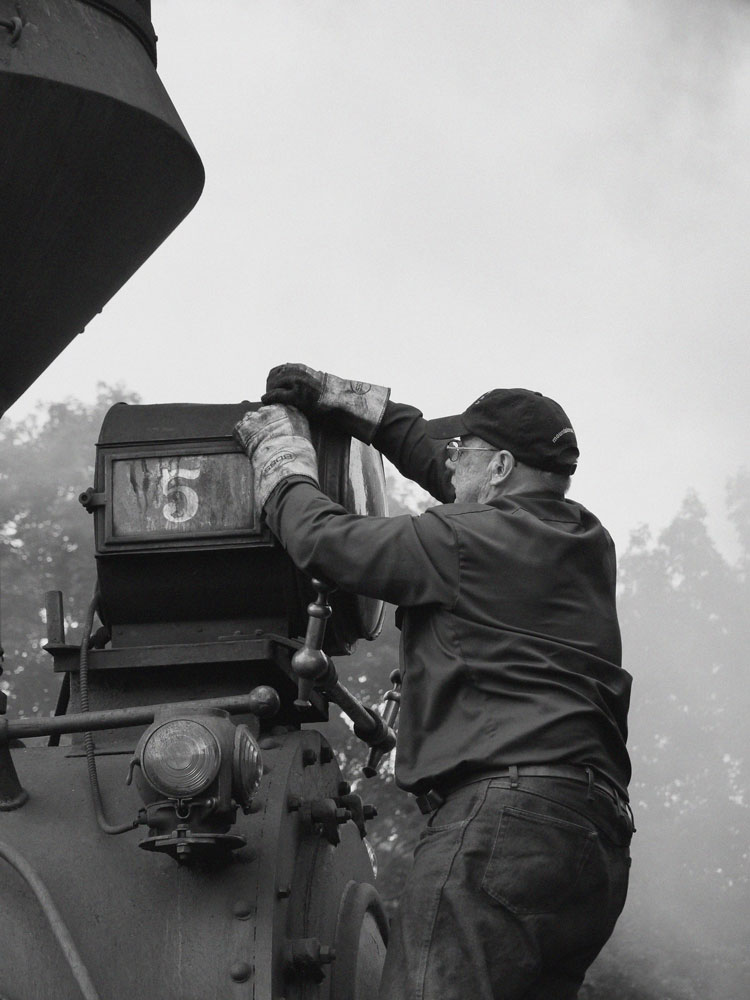
On our 2014 visit we took a special train ride up to Bald Knob, the third highest peak in West Virginia. This was a special moonlight train intended for us to be able to see the full moon in the lovely dark skies where there is very little light pollution. Though the clouds rolled in and obscured our view, we had a blast anyway as the evening ride up the mountain in the dark was very special.
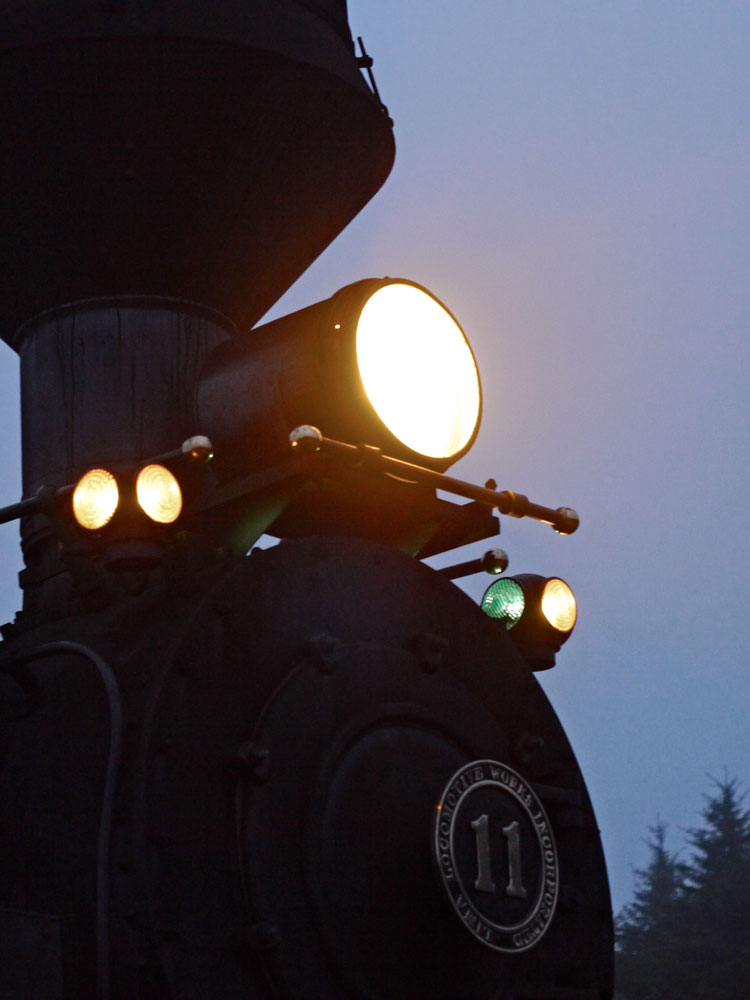
In 2015 at the insistence of our two boys we decided to return to Cass. Just as we did in 2014, we rented one of the restored company houses from the state park. This time we rode the train during the day all the way up to Bald Knob. While we were up there the engineer let the boys and I step up into the cab.
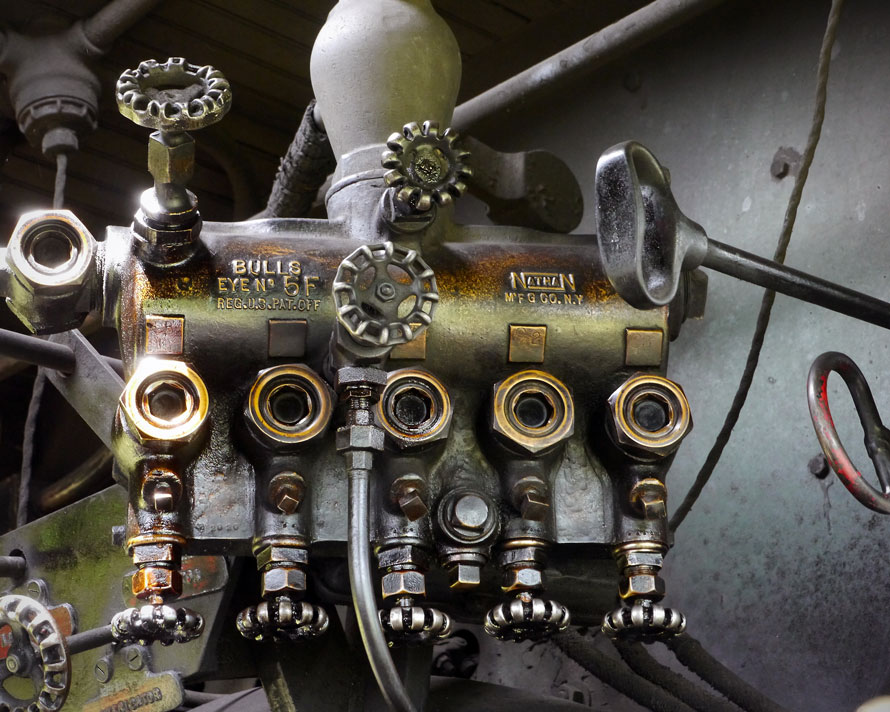
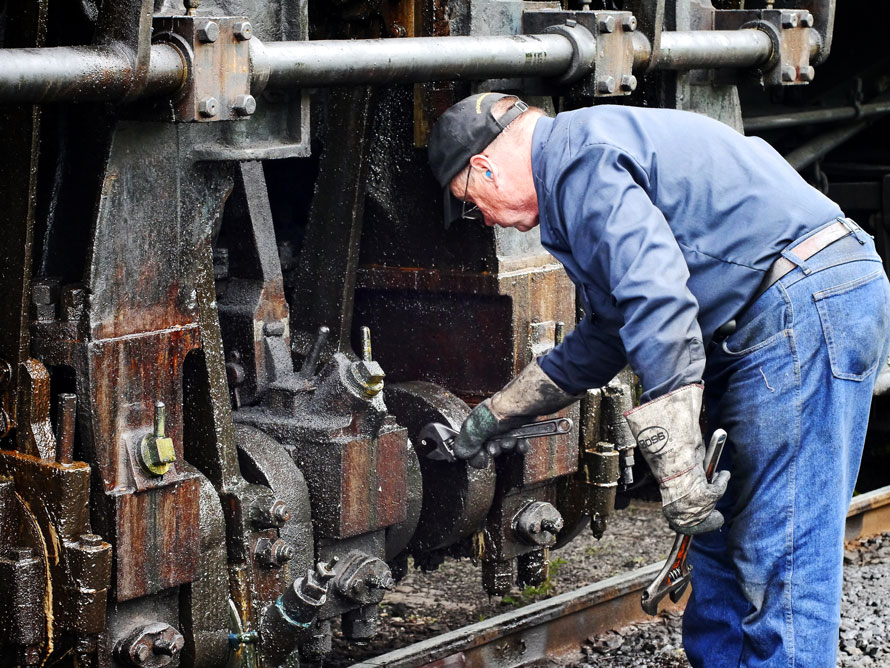
Trains that run to Bald Knob stay a little while at the top so that passengers can take in the breathtaking views. There is a viewing platform, and also a caboose that can be rented for a night or two at the top. Another unique part of the ride is that on most of the trip to the top the locomotive is pushing the train so that it is downhill from the passenger cars. This is intended to help prevent cars from breaking away and taking off down the hill.
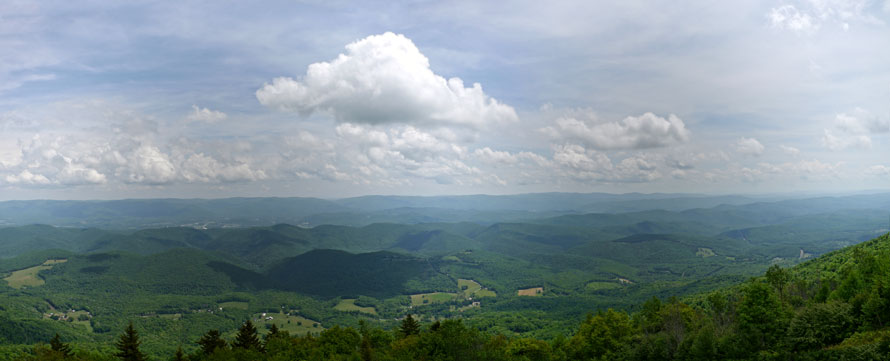
For our family, Cass was, and will always be, a very special place. It is a place where history comes alive with the incredible geared steam locomotives, and one can easily imagine what it would have been like to ride the line 100 years ago. It is a place too that you can disconnect from the world, and slow down to a top speed of about 12 mph!
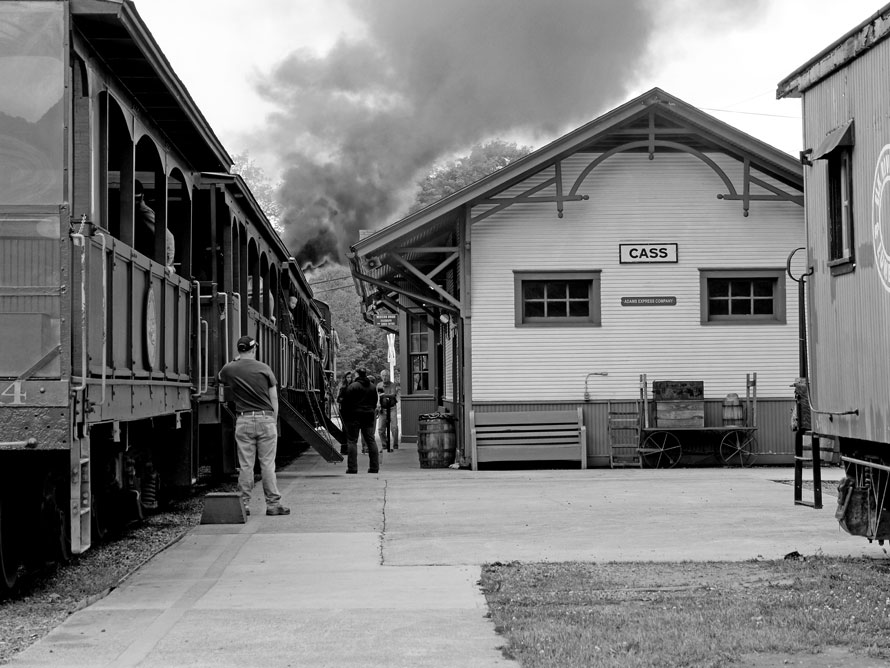
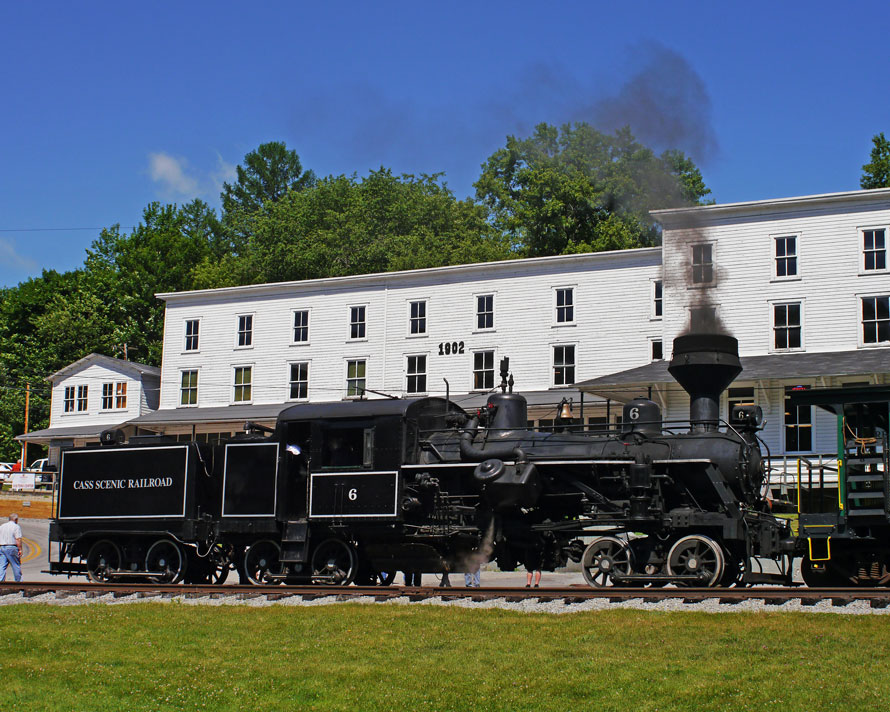
Jason Stamper – Photographs and text Copyright 2019
Good morning;
As a resident and former employee of the Cass Scenic Railroad, it’s refreshing to see such fine photographic work of the railroad. As you must know, the rail operations at Cass are now under the operation of the Durbin & Greenbriar Valley RR. You must take the opportunity to visit Cass again, as they have two very exciting new additions for the 2020 season. The first was unveiled this Fall, that being the second operating Climax remaining in the country. The other being in Washington State. The locomotive was finished in time for it’s 100th birthday at the first of this month. The locomotive arrived in Cass around 1970 from the Moore & Keppel Lbr. Co. at Elamore, W. Va. Unfortunately it was caught up in the Shop fire at Cass in 1972 and was thought to be destroyed. With a lot of determination from Mountain State Railroad and Logging Historical Association, many dreams, grants and almost 50 years she was put back together and will begin her new career with Cass for the 2020 season. The other news worthy item will be the reintroduction of the line between Cass and Durbin, along the Greenbriar River. This former C&O line was washed out in 1985, and will be reopened during 2020 season, adding another dimension to an outstanding rail destination.
Bruce, thank you for the comment. We have been keeping tabs on the developments there, and do hope to return to ride the Cass to Durbin line. They were working on a former Buffalo Creek and Gauley steam locomotive. There is a smaller 2 truck Climax there that was running on the Durbin Rocket line. It is in for an overhaul right now, but when it’s back in service they will have a 2 truck and a 3 truck Climax running. We saw the 3 truck Climax you referenced when it was in a whole bunch of pieces! Glad to see it’s back in service though.
Jason,
Another outstanding article and lovely crisp photos – well done. May I have your permission to republish this story with photos for the NMRA Roundhouse.
Peter, I would be honored to have my article printed in your publication. Can you please send me an email with instructions on how to get you the text and pictures? I can’t remember what we did last time. Thank you!
It has been a long while since I was here. It is a great place to see.
Wonderful article. I love trains and steam power. This place is added to my bucket list. We’re fortunate to have a couple of restored engines operating locally. The larger is an Alco 0-6-0 that operated in regular service until 1962.
Here’s a link if you’re interested. https://waterloocentralrailway.com/
Great pictures. very good story It moved me to contact the state after I read it to get a booklet on travel there. thank you for writing this.
We have made several trips to Cass, and have NEVER been disappointed. There is just something about catching that first whiff of coal smoke and valve oil after arriving at the place….intoxicating !
Cass #6 weighed 134 tons, not 162 tons